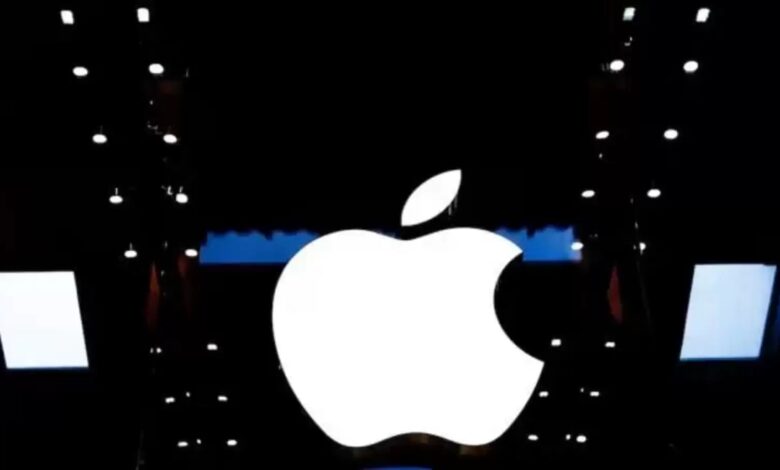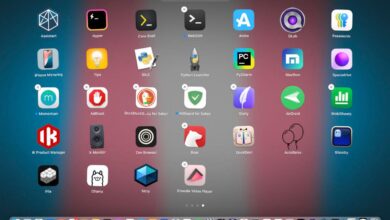Apple sees growth from AI features after uneven Q3

Apple Inc. predicts that its new artificial intelligence features will drive iPhone upgrades in the coming months, helping the company weather a sales slowdown that has hit its business in China particularly hard.
CEO Tim Cook, speaking on a conference call Thursday to discuss third-quarter results, said upcoming Apple Intelligence features will provide a new reason for customers to buy new phones.
“This is going to be a very important time for a compelling upgrade cycle,” he told analysts on the call.
The comments follow generally upbeat third-quarter results that were hurt by sluggish sales in China. Apple returned to revenue growth in the period ended June 29, rising 5% to $85.8 billion. That beat analysts’ estimates of $84.5 billion.
But sales from China fell 6.5% to $14.7 billion, missing Wall Street’s forecast of $15.3 billion.
Apple shares were little changed in premarket trading Friday. The stock was down 0.1% to $218.10 at 4:56 a.m. New York time. The stock had risen 13% this year through the close, boosted by investor hopes that new artificial intelligence technology will help boost sales.
The results in China have raised concerns that Apple is losing market share in one of its most important overseas markets. The company is facing tougher competition in the region and the government has restricted the use of foreign technology in some workplaces. China’s economic growth has also worsened.
Apple blamed much of the decline on the impact of a strong dollar, saying its underlying business in China was actually healthier than before. Three months ago, executives said the decline was not due to poor iPhone performance but rather weak sales of other products.
“We recognize this is a very competitive smartphone market, but we feel like we’re doing pretty well in the context of the broader economy,” CFO Luca Maestri told Bloomberg Television’s Emily Chang.
Cook said on the call that Apple still has confidence in the market. “I don’t know what each chapter of the book will look like, but we’re very confident in the long-term future,” he said.
Read more: iPhone users will soon receive 5 hidden iOS 18 features that Apple has not announced yet
Quarter 9
Apple said overall sales in the third quarter would grow at a similar rate to the period just ended, implying an increase of about 5%. Wall Street expected a 4% increase. Services would be the highlight of the period, growing in the double digits, executives said.
Earnings came in at $1.40 a share in the third quarter, beating analysts’ estimates of $1.35. The period ending in June is typically one of Apple’s slowest, coming at a time when many customers are waiting for the next iPhone to be released in the fall.
Sales of Apple’s flagship product, the iPhone, came in at $39.3 billion, down slightly from a year earlier but still beating Wall Street expectations. Three months ago, the company declined to provide an iPhone revenue forecast for the June period—a sign that the company was still uncertain about the shaky smartphone market.
The Return of the iPad
Apple’s iPad business benefited from the release of long-awaited new models. The company introduced major upgrades in May after a period of stagnation for its tablet lineup. The new products included a more expensive iPad Pro with an M4 chip, as well as a faster iPad Air with a larger screen option.
The Cupertino, California-based company reported $7.16 billion in revenue from the category, up 24%. That beat estimates of $6.6 billion. Apple had previously said it expected iPad sales to grow by double digits in the June quarter — which it easily achieved. Some customers and schools have been holding off on iPad purchases for months in anticipation of the new models.
Read more: Apple reportedly blocked Tata Group’s massive Vivo deal: Here’s everything you need to know
“About half of iPad customers are new to the product,” Maestri said.
In addition to the new iPad Pro and iPad Air, Apple is working on lower-cost versions of the iPad and iPad mini with faster processors. That could prompt additional upgrades when they’re released sometime in the coming months.
Apple Intelligence
The company also unveiled Apple Intelligence last quarter, introducing new AI tools at its June developer conference. But the technology—which is coming to iPhones, iPads, and Macs—isn’t expected to be released to customers until October. Apple also hasn’t explained how it plans to generate revenue from these features, beyond driving demand for compatible devices. And the technology won’t be available in China at first.
Services, which includes the App Store, Apple Music and its TV streaming platform, continued to be a growth driver, generating $24.2 billion in revenue last quarter, up 14%.
Wall Street is looking for services revenue of just under $24 billion. But that business is under pressure from regulators who are looking to change the App Store, which they see as an anti-competitive force in the industry. That could eventually limit Apple’s ability to generate revenue from subscriptions and app downloads.
Mac revenue rose 2.5% to $7.01 billion, helped by the start of the back-to-school shopping season. That was in line with Wall Street forecasts.
Apple hasn’t made any major changes to its Macs since late last year, but it added the M3 chip to its MacBook Air laptops in March. The line will likely get a boost later this year when Apple begins transitioning to the more powerful M4 chip. The company plans to update every Mac line with the new processor, which can better handle AI tasks, Bloomberg News reported.
Wearables, Home and Accessories — a once-successful category that includes AirPods, the Apple Watch, the company’s TV set-top box, Beats headphones and HomePod — continued to struggle. That business segment brought in $8.1 billion in sales, down 2.3%. That was better than the $7.8 billion estimate, however.
Apple has made only minor changes to its latest smartwatch lineup, and a patent dispute forced the company to remove the blood oxygen measurement feature from some models. The company has also not updated its AirPods in several quarters.
But there’s a boost coming: Apple is planning to bring larger displays to some watch models this fall, along with improvements to its low- and mid-range AirPods.
The upcoming iPhone 16 lineup will drive a wave of demand. But the new models won’t include major design changes. The company’s iPhone 16 marketing pitch will focus more on Apple’s AI support, a faster processor, the addition of an Action button on lower-end models, and a camera control button on the latest Pro models.
One more thing! We are now on WhatsApp Channel! Follow us there so you never miss any updates from the tech world. To follow HT Tech channel on WhatsApp, click This to join now!




